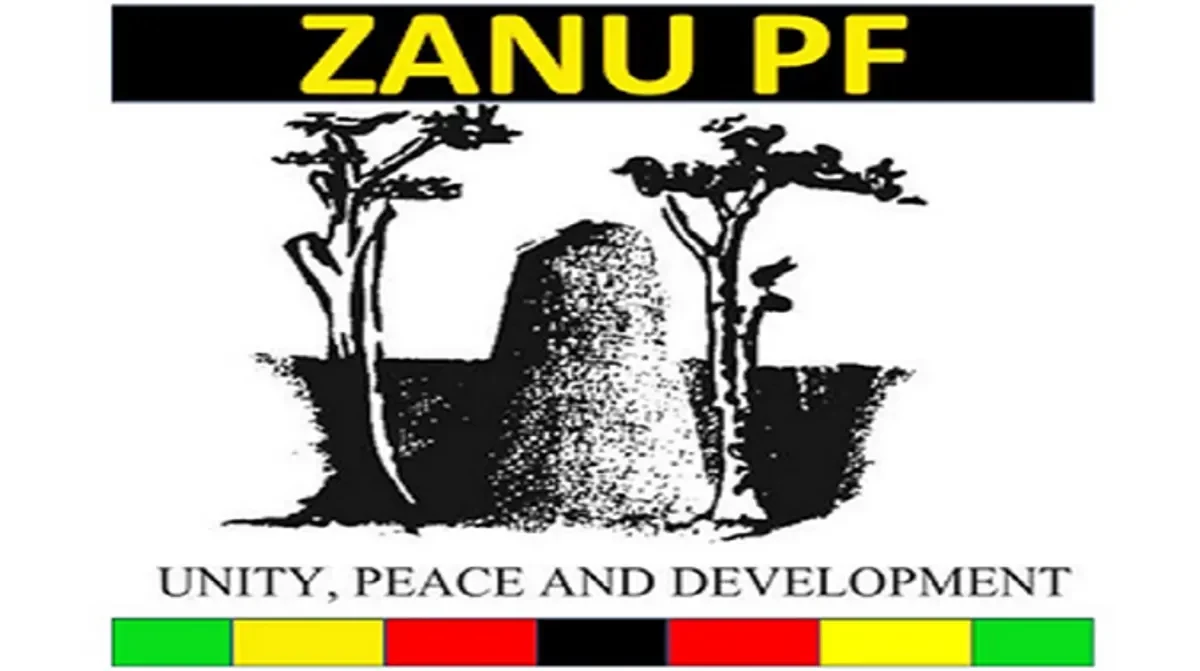
ON April 18, 1980 Zimbabweans celebrated the emergence of a new political dispensation in a country that was once run under an oppressive colonial regime since 1890. The two military wings comprising of Zimbabwe African National Liberation Army (Zanla) led by Robert Mugabe and Zimbabwe People’s Revolutionary Army (Zipra) led by Joshua Nkomo marched in the streets of Harare, then Salisbury with pomp and pride.
Rufaro Stadium witnessed a historical moment when the Union Jack was lowered and bade farewell to the newly-born Zimbabwe whose leaders were clearly opposed to the suppression of black people in all spheres of life. Mugabe in his moving and statesman-like speech promised the ululating crowds’ jobs, freedom, self-determination and free education.
The early years of Zimbabwe were punctuated with signs of political immaturity and traumatic clashes between Zanla and Zipra forces who were still in assembly points waiting to form a regular national army. The infamous Entumbane clashes led to sharp divisions among the liberators, embroiling peace-loving citizens in one of the worst tribal divisions ever to be experienced in the newly-born southern African state.
Before even recovering from the early clashes, the formative years of Zimbabwe witnessed one of the worst, if not diabolic, civil strife where more than 20 000 Ndebele-speaking people were murdered by a North Korea-trained unit of the Zimbabwe National Army (ZNA) in a campaign that was known as Gukurahundi.
Nkomo had a torrid time being accused of churning out dissidents, leading to the confiscation of Zipra properties which are still outstanding until today.
In the midst of all this political turmoil, two veteran Zipra army generals Lookout Masuku and Dumiso Dabengwa were jailed, and Lookout Masuku died while in prison. The forays into Matabeleland and the Midlands regions saw houses of many Ndebele-speaking people and those associated with Zipra being burnt by vigilantes under the protection of the dreaded Central Intelligence Organisation (CIO) and the ZNA.
It was not until 1987 that Zanu PF led by Mugabe and Zapu led by Nkomo forged a unity accord to end the civil strife that had ravaged the lives of poor citizens whose expectations of a new Zimbabwe were so high. At that point, Zanu PF quickly moved to campaign for a one-party State in Zimbabwe.
The ideals of jobs, self-determination, freedom of association and free education that decorated the eve of independence were slowly disappearing from the manifesto of the liberators. Those who spoke against the one-party State were purged or dropped from the ruling party.
- Corruption Watch: Get scared, 2023 is coming
- Robert Gabriel Mugabe: The killer of our dreams
- Corruption Watch: Get scared, 2023 is coming
- Robert Gabriel Mugabe: The killer of our dreams
Keep Reading
Some of the earliest casualties included the late veteran Manicaland politician Edgar Tekere, who was mercilessly purged from Zanu PF and the late combative Gweru businessman Patrick Kombayi, who endured a near fatal shooting in the run-up to the 1990 general elections for forming one of the earliest opposition parties in Zimbabwe.
The reason to share with you all these snippets of history is to contextualise the present political turmoil bedevilling Zimbabwe under Zanu PF. The violence, electoral fraud and political patronage in appointing leaders and senior civil servants is an in-born characteristic of Zanu PF.
Before the emergence of formidable opposition parties like the initial Movement for Democratic Change led by Morgan Tsvangirai and the Citizen Coalition for Change led by Nelson Chamisa, Zanu PF had already mastered political violence philosophy through purging its own off-spring and former allies in the liberation struggle.
The present state of the economy in Zimbabwe is a result of political blindness, lack of craft literacy and craft competence to understand the complexity of running a viable economy through working policies by the Zanu PF-run government.
The two fatal mistakes that Zanu PF made in the late 90s was to print money, the arbitrary payments to war veterans and occupying productive land at the expense of agricultural production.
We all know that soon after the liberation war, all war veterans received some money through demobilisation. The second payment to war veterans in the late 90s was meant to silence them and divert them from seeing the incompetence of Zanu PF in ruining the economy while using former fighters as a weapon against peace-loving citizens.
There was no need to print money and suffocate the currency while trying to save a political liability outfit like Zanu PF. In earnest, everyone believed that it was proper that land reform had to be undertaken because it represented one of the main reasons why people took up arms against the colonial government.
However, it was not in the interests of the economy for Zanu PF to ransack productive land while leaving large tracts of forests attached to the productive land. In hindsight, and through reflection, one would conclude that the present economic turmoil was primarily the result of kindergarten economics to print money and unstructured land reform that targeted the lifeline of the economy (productive land).
After all this chaotic land reform, Zimbabwe is still faced with the same problem where a few people who enjoy the support of the ruling party have turned out to be the new landowners and the disparity that existed in colonialism is still lingering in the so-called independent Zimbabwe.
It is painful to recount the reasons why people went to war and compare it with what Zanu PF is delivering in the name of liberation. Zanu PF has all it takes to be a neo-colonial political outfit. Zimbabweans have been subjected to colonial pieces of legislation like the now-repealed Access to Information and Protection of Privacy Act which curtailed the work of journalists in a liberated country. It seems as though Zanu PF has perfected its machinery in churning out oppressive and colonial pieces of legislation against its own people that it claims to have liberated.







